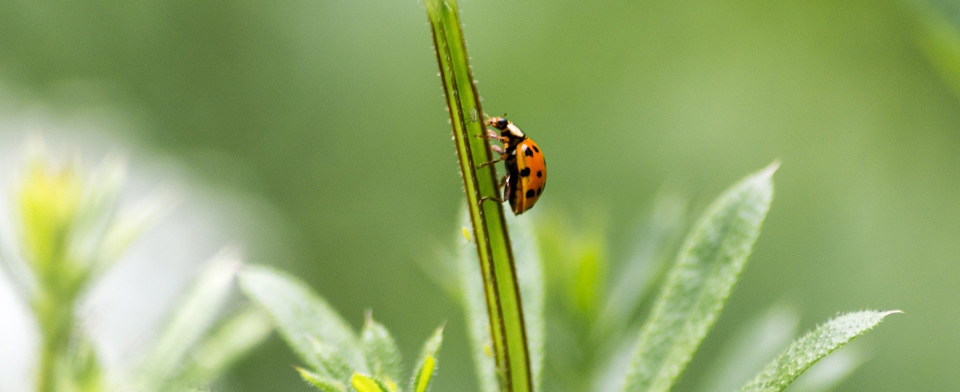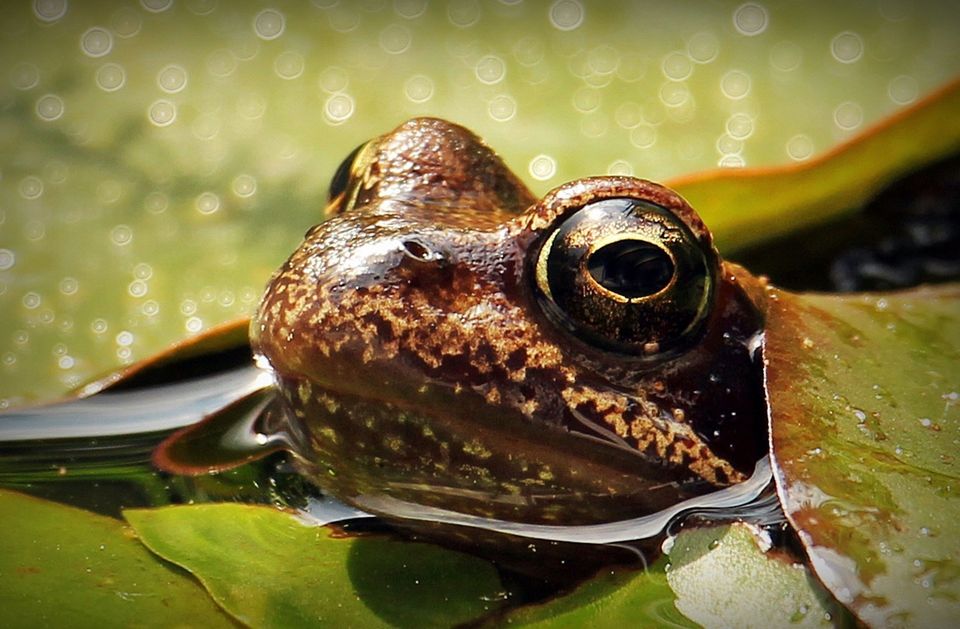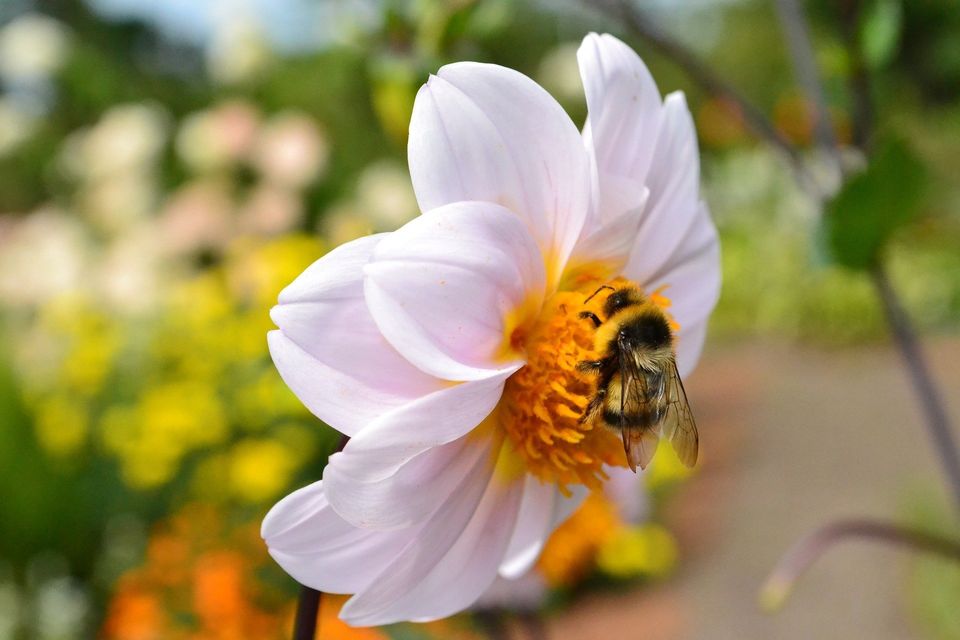6 Beneficial Garden Animals That Seem Like Pests
Every gardener wants the best for their food or flower beds, and usually that means thwarting off annoying garden pests. But a garden needs a harmonious ecological system to survive, and some so-called “pests” are actually beneficial garden animals that play a key role in keeping your garden surviving and thriving.
While some common garden pests pose a threat to your beloved garden, others are committed to improving the unique ecosystem that grows there.
How Some “Pests” Actually Benefit Your Garden
- Aid in pollination
- Assist with pest control
- Provide fertilization
- Improve soil health
- Support ecological balance
Here are a few animals to welcome into your garden and some tried-and-true ways to get them there:
6 Animals that Benefit Your Garden
1. Toads & Frogs
They may not look the prettiest, but these warty creatures will do wonders for your garden. They feed on slugs, snails and insects that could otherwise wreak havoc on your garden. Toads can eat up to 10,000 bugs in one summer, making them an efficient and earth-friendly alternative to common pesticides.
Attraction: Build a frog pond or toad house
Whether it’s as small as a square foot or large enough for a human to swim in, toads and frogs will flock to a body of water. Be sure to include daytime hideouts like rocks, bricks and logs so your amphibian friends have a place to rest until their night shifts begin. Toads don’t live in water, but do prefer to live in moist places. A toad house made out of an old log or overturned terracotta pot will provide an ideal environment.
It’s also important to note that you should not transfer frogs or toads (or any other animal) from their natural habitat to your artificial one. Build a quality ecosystem, and they will come.
2. Bats & Birds
Bats are a natural insect assailant and birds make for an insect killer that’s easy on the eyes. Birds eat grasshoppers, cutworms and other insects that could harm your garden, and some species like wrens, robins and chickadees eat harmful beetles. Bats keep the mosquito population down and also feed on thousands of other tiny insects.
Attraction: Set up a bird feeder or nesting shelf
Birds are attracted to nesting shelves, feeders and baths, while bats love a good bat house. One thing to remember is that bird feeders will quickly attract squirrels, so keep them a healthy distance from the garden to avoid squirrel damage. You may also consider planting certain plants to attract particular species of birds… hummingbirds, for example, love red flowers — no sugar water needed!
3. Earthworms & Centipedes
These little critters do wonders for your garden’s soil and insect population. While earthworms burrow underground and allow water and air to reach the roots of plants, centipedes fend off above-the-ground insects.
Attraction: Offer rich soil and hideout options
Earthworms are attracted to rich soil. To increase your garden’s appeal, consider burying cardboard just below the soil’s surface and constructing a worm bin, ideally one that allows worms to come and go freely.
To attract centipedes, include a few logs, stones or bricks for the critters to hideout in during the day until their nighttime duties commence.
4. Bees
As you may have guessed, bees are crucial for pollination. From fruits and veggies to luscious flower beds, these little workers will do wonders for your garden. Just remember to steer clear of pesticides and mono-cropping, as these practices have significantly harmed the bee population in recent years.
Attraction: Plant the plants they love
Fruit trees, flowering herbs and veggies call to bees, as do colorful flowers — especially those of the blue variety. Plant flowers and plants that will attract them and they’ll be pollinating your garden in no time!
5. Ladybugs
Encouraging ladybugs to infiltrate your garden is a great idea for managing aphid, mite and scale populations.
Attraction: Entice them with pollen
Ladybugs have two main food groups: insects and pollen. Ladybugs are particularly attracted to plants like chives, cilantro, dill, fennel, marigold and sweet alyssum. Marigold also attracts aphids, so it can serve double duty in attracting aphids as prey for your desired ladybugs.
6. Garter Snakes
They may startle you when they squirm across your shoe, but garters are relatively great garden guests. They hide in bushes, tall grass or piles of wood and rocks and help control pests such as crickets, grasshoppers and other insects.
Attraction: Provide hiding places
Much like toads and centipedes, snakes prefer to hide in dark places like wood piles. Include mulch, stones or logs in your garden to provide a shady place for these slithery insect killers to hide out.
The next time you see one of these garden critters scurry by, remember that they could be just the thing your garden needs to maintain a harmonious ecosystem.
How do you attract beneficial garden animals to your beds? Share in the comments!












